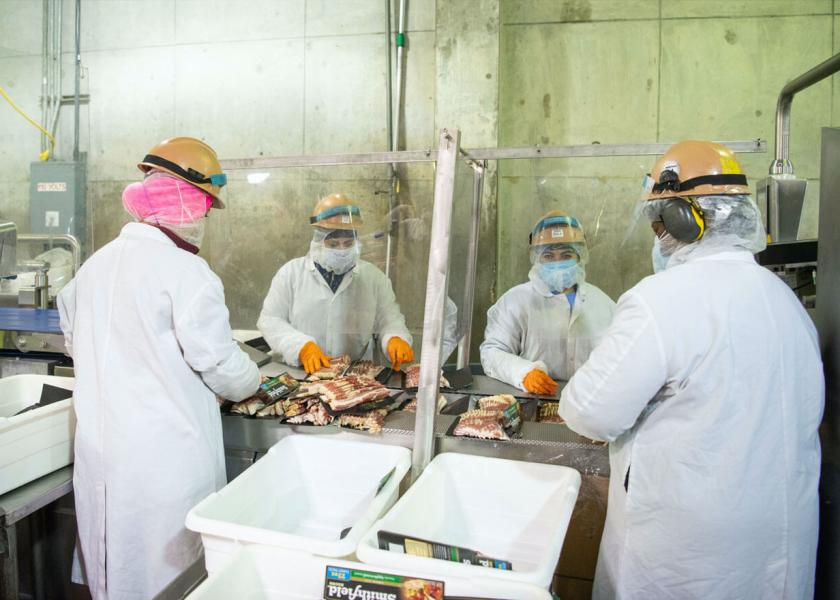NCBA Pleased to See Next Steps in Processing Capacity Funding

The U.S. Department of Agriculture (USDA) announced the availability of up to $215 million in grants and resources as part of a continued effort to strengthen the meat and poultry processing sector and create a more resilient food supply chain. NCBA appreciates the Administration’s efforts to expand and diversify processing capacity and looks forward to working with USDA to ensure proper implementation of the funds.
“Investing in packing capacity is critically important for the cattle industry,” said NCBA Director of Government Affairs and Market Regulatory Policy Tanner Beymer. “The expansion of regional processing facilities will bolster resiliency within the beef supply chain and help return marketing leverage to cattle producers."
As part of previously announced federal investments totaling $1 billion, these funds will be allocated to three main areas: the newly created Meat and Poultry Processing Expansion Program (MPPEP), workforce development, and technical assistance.
Background:
USDA Rural Development will make $150 million available through the Meat and Poultry Processing Expansion Program (MPPEP). Under this program, grants of up to $25 million will be available to offset costs of construction, expansion, and acquisition of equipment.
The National Institute of Food and Agriculture (NIFA) will allocate $40 million dollars to existing workforce development programs to assist new and expanding processors with recruiting, training, and retraining adequate labor.
USDA is also making $25 million available through the MPPEP for technical assistance. These funds will be used to establish partnerships between organizations who specialize in meat and poultry processing and MPPEP applicants, recipients, and future applicants of Meat and Poultry Inspection Readiness Grants.







